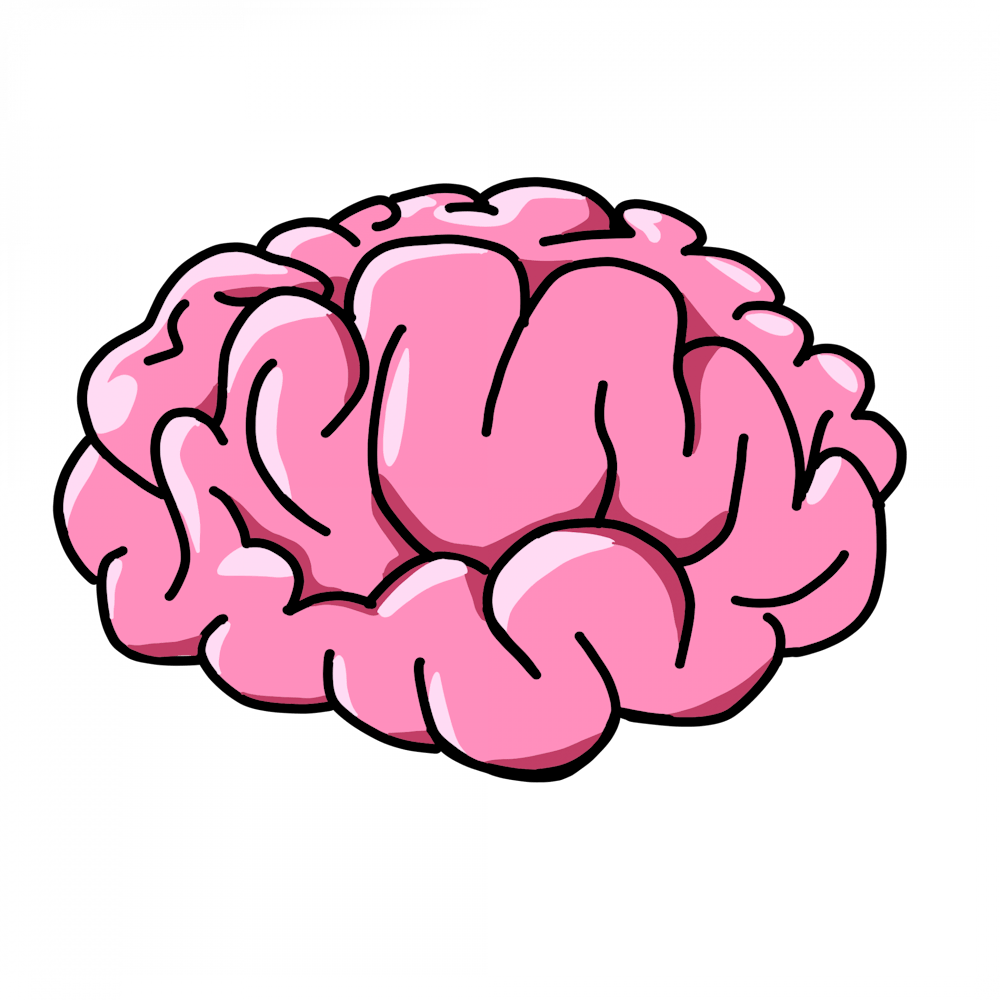A team of University researchers have successfully identified a gene that promotes cancer growth — advillin, also known as AVIL. This finding is a promising breakthrough in the fight against glioblastoma, one of the most malicious types of cancer. The publishing of the research study is the culmination of years of cancer research championed by University scientists and clinicians.
Glioblastoma is widely accepted as the deadliest form of brain cancer. In the U.S. alone, 12,000 new cases are recorded each year, and over the span of five years, the survivability rate of glioblastoma is less than three percent, according to the National Foundation of Cancer Research.
When the study began five years ago, researchers did not initially plan on studying glioblastoma as they began by researching pediatric cancer. But their discovery of the AVIL protein changed the direction of the study.
“This [was] really a serendipitous finding from the beginning,” said Dr. Hui Li, associate professor of pathology and lead researcher on the glioblastoma study.
After realizing that AVIL, a protein that regulates cytoskeleton in cells which helps prevent cancerous overgrowth, is highly expressed in cells affected by glioblastoma, Li and his team were quick to continue their research.
“We’re a cancer lab … whatever direction our genes point we will follow,” Li said.
AVIL has been studied previously in different contexts, such as its role in the development of neuronal cells that form ganglia, a structure containing a number of nerve cell bodies. This research team was the first to identify AVIL as an oncogene, or a gene involved in facilitating cancer growth.
Li and his team discovered that AVIL is expressed in all cells affected by glioblastoma. When AVIL is placed in healthy cells in a lab setting, cancerous cells begin to take hold, suggesting a link between AVIL and cancer growth. Additionally, the research team found that glioblastoma demonstrates oncogene addiction, meaning that when AVIL is removed from a cancerous cell, the cancer dies. However, because healthy cells do not depend on the protein’s presence, the gene can be removed from the healthy cells without adverse side effects.
Although AVIL is not the first oncogene of glioblastoma to be identified, its unique profile of limited detrimental side effects to healthy cells after its removal makes it of great interest to those participating in cancer research. This unique situation offers a potential pathway to developing a drug to treat glioblastoma.
Although the team is certain that AVIL is involved in supporting the proliferation of glioblastoma cancer cells, the exact mechanism by which it interacts with cancer cells remains unclear. Identifying this mechanism is crucial to eventually developing drugs to treat glioblastoma, so the team’s research efforts have pivoted towards understanding the intricacies of the interaction between AVIL and glioblastoma.
As a biophysics major, Pawel Janczyk — a postdoctoral student participating in the research study — is currently working towards developing a better understanding of the molecular mechanisms at work between AVIL and cancer cells.
“[AVIL] might be an initial driver or just affect the growth in the later stages,” Janczyk said. “We don’t fully know.”
Biophysics will also be central to the effort to eventually design a drug that can successfully bind to and target the AVIL gene.
As the study transitions towards identifying mechanisms that could lead to potential glioblastoma therapies, others involved in the study are looking to see if AVIL’s role in glioblastoma could possibly translate to other cancers.
“Our data really supports that it's a bona fide oncogene, and it's a powerful oncogene, so we think that even besides glioblastoma it may play an important role in the other cancer types,” Li said.
Preliminary research into gastric cancer suggests that targeting AVIL could be beneficial in treating gastric cancers and some pediatric cancers. University neuropathologist James Mandell was involved in finding the first evidence of AVIL in real glioblastoma cells in humans. As the study progresses, Mandell will examine the role of AVIL in medulloblastoma, a brain cancer typically found in children.
Despite the promising reports from the study, Li emphasizes that there is a lot of work to be done before an effective treatment can be deployed.
The study has begun working with a chemistry lab to begin synthesizing compounds that can potentially target AVIL, but this demands significantly more time and resources. When research studies take this step towards beginning preliminary work on a drug, pharmaceutical companies typically finance the project, but for this study, the Charlottesville-based Ben and Catherine Ivy Foundation has provided crucial funding for this next stage of work. Li cited the translatability of this research as the reason the local foundation is motivated to further support it.
Shortly after the research was published, patients from around the world began contacting Li in hopes that a clinical trial would be available.
“I feel honored and am actually happy to see as a basic scientist that our discovery is touching so many lives, and we can offer them some hope,” Li said. “But, at the same time I feel the pressure and responsibility on my shoulders that we should have delivered something yesterday to these patients because they are desperate.”
Whereas traditionally published medical research requires viewers to pay to access, Li and his team made the decision to publish their research open-source, making it free for anyone in the world to access.
“We feel as if our discovery is a significant one,” Li said. “Glioblastoma is so devastating with really no effective therapy at this moment. We feel as if our basic discovery can potentially help, and maybe some other people are smart and working on similar things and can take our discovery and make it better.”







